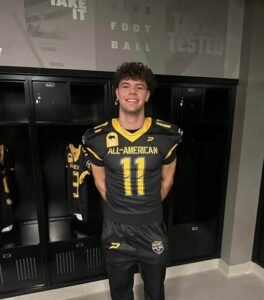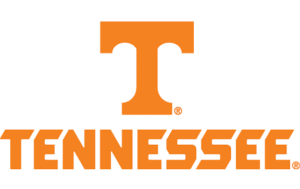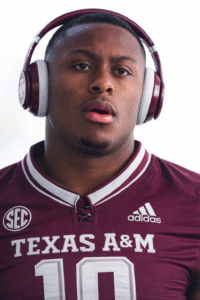College football’s sneakiest favorite, plus a quick history of CFB in Germany to Kansas state team as?
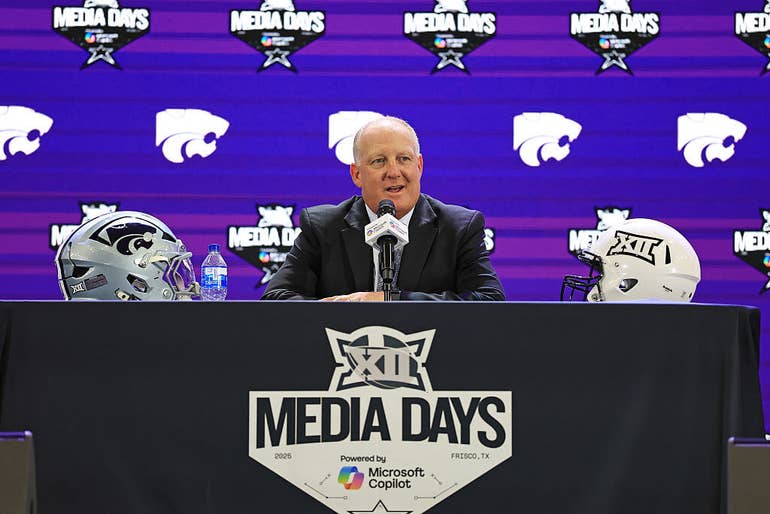
College football’s sneakiest favorite, plus a quick history of CFB in Germany to Kansas state team as
College Football’s Sneakiest Favorite, Plus a Quick History of CFB in Germany
Part 1: College Football’s Sneakiest Favorite in 2025
As the 2025 college football season approaches, all eyes are on the usual suspects: Georgia, Michigan, Alabama, and Ohio State. These programs dominate the preseason polls and betting lines for a reason—they’re loaded with talent, tradition, and five-star depth. But beneath the surface of the blue-blood elite, there’s one program lurking in the shadows, primed to break through in a big way.
Meet the sneakiest favorite in college football this year: Penn State.
Yes, the Nittany Lions. A team that has flirted with greatness for the better part of a decade but has never quite been able to crash the playoff party. Now, in 2025, they just might be ready to go all the way.
—
A Team Built to Win Now
Why Penn State?
For starters, they return a loaded defense. Defensive coordinator Manny Diaz has crafted one of the fastest, deepest, and most disruptive units in the country. The secondary is elite, led by All-American corner Cam Miller and versatile safety KJ Winston Jr. Up front, Abdul Carter—a former linebacker now playing edge—has the tools to become a first-round NFL Draft pick.
But defense has never been the issue in Happy Valley. The question has always been: can the offense match the defense?
In 2025, the answer might finally be yes.
—
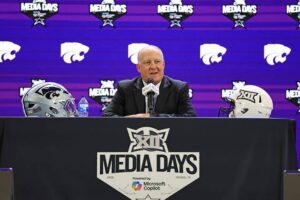
The Emergence of Drew Allar
Much of Penn State’s hope rides on the shoulders—and right arm—of junior quarterback Drew Allar. A former five-star recruit, Allar had growing pains in 2023 but showed flashes of brilliance last season. Now a seasoned veteran, he’s poised to command Mike Yurcich’s offense with confidence and authority.
Allar’s physical tools are undeniable: a rocket arm, 6-foot-5 frame, and sneaky athleticism. But it’s his maturity and decision-making that have reportedly taken the next step this offseason. Word out of State College is that Allar has become a true field general, reading defenses pre-snap and making quicker decisions post-snap.
With a full offseason to build chemistry with his receivers—and a revamped offensive line—Allar could be the X-factor that transforms Penn State from spoiler to serious contender.
—

Weapons, Weapons, Weapons
Helping Allar’s cause is one of the deepest skill position groups in the Big Ten. Running back Nick Singleton is back, and he’s dangerous. Fast, powerful, and capable of breaking off a touchdown run at any moment, Singleton gives the Nittany Lions a reliable threat on the ground. Kaytron Allen, his backfield partner, provides a thunder-and-lightning combo that few defenses can contain.
At receiver, Penn State’s recruiting has finally started to bear fruit. Transfers and returning talent like Omari Evans, Kaden Saunders, and breakout tight end Tyler Warren give Allar multiple dynamic targets. If just one or two wideouts step into a WR1 role, the offense could explode.
—
A Playoff-Friendly Schedule
Penn State’s schedule sets up nicely. Though the Big Ten is adding four Pac-12 programs this year—USC, UCLA, Oregon, and Washington—the Nittany Lions avoid the full gauntlet. Their toughest tests (including Ohio State and Michigan) come at home, in the whiteout cauldron of Beaver Stadium.
Even a single loss wouldn’t necessarily derail their playoff hopes under the new 12-team format. And let’s not forget: Penn State has knocked on the door before. This time, the hinges might come off.
—
The Bottom Line
While Alabama reloads and Georgia recalibrates without Stetson Bennett, Penn State offers the rare blend of experience, balance, and urgency that often defines championship runs. They’re not flashy. They’re not getting hype like Deion’s Colorado, nor do they have the dynasty buzz of Georgia.
But they just might be better than all of them.
Keep an eye on the Nittany Lions. This could be their year.
—
Part 2: A Quick History of College Football in Germany
While American college football is a uniquely U.S.-based cultural phenomenon, its influence has started to reach international shores in recent decades—most notably in Germany, a country with a surprisingly rich (and growing) connection to gridiron football.
—
A Post-War Spark: The Early Days
American football was first introduced to Germany by U.S. military personnel stationed there after World War II. In the late 1940s and 1950s, soldiers played intra-base games and eventually began inviting local Germans to watch. Though most Germans were unfamiliar with the rules, the physicality and spectacle of the game made an impression.
By the 1970s, informal German club teams began forming, with ex-soldiers and enthusiasts spreading the knowledge of the game. In 1979, the American Football Bundesliga (now known as the German Football League, or GFL) was born. This league became the backbone of American football in Germany.
—
NFL Europe and the Frankfurt Galaxy
The biggest push for American football in Germany came in the 1990s with NFL Europe, the NFL’s overseas development league. German cities such as Frankfurt, Berlin, Cologne, and Düsseldorf became key markets. The Frankfurt Galaxy and Rhein Fire attracted thousands of fans, sometimes outdrawing MLS games in the United States.
Though NFL Europe folded in 2007, the memory and enthusiasm remained. German fans had developed a real affection for the sport—especially its American flair, tactical complexity, and raw energy.
—
German Players in NCAA and NFL
Germany has started to produce its own talent, too. Players like Sebastian Vollmer (New England Patriots) and Jakob Johnson (New England Patriots, Las Vegas Raiders) made the leap to the NFL, inspiring others to follow. More recently, several young German athletes have found their way into NCAA programs, often through international recruiting efforts or the NFL Academy.
As of 2025, multiple Germans are playing Division I football, particularly at schools with robust international scouting arms. Programs like Michigan, Penn State, and Boston College have started to tap into European talent pools more aggressively, seeing untapped potential and a hunger to learn.
—
Broadcast Growth and Fan Culture
In Germany today, college football is broadcast regularly, with ESPN and DAZN carrying NCAA games on weekends. The Big Ten and SEC have particularly strong followings, with Ohio State, Alabama, and Notre Dame among the most popular teams.
Social media has also allowed German fans to connect with the culture of college football—from marching bands and tailgating to rivalry games like The Game (Ohio State vs. Michigan) and the Iron Bowl (Alabama vs. Auburn). Many Germans have even traveled to the U.S. to experience gameday firsthand.
—
German Bowl and ELF: Local Flavor
While college football remains an import, Germany has continued to develop its own version of the sport. The German Bowl, the championship of the GFL, draws passionate local fans. More recently, the European League of Football (ELF) has reignited professional football interest, with franchises like the Stuttgart Surge, Berlin Thunder, and Hamburg Sea Devils gaining momentum.
Many ELF rosters include NCAA alumni—some from D1, many from D2 and D3 programs—who bring American college football style and discipline to the European game. That trans-Atlantic bridge has created new opportunities for German youth players to dream big.
—
The Future: A Pipeline in Progress
With the rise of global sports exchanges, more German teenagers are participating in international football camps sponsored by the NFL, Nike, or universities. These camps, some held in Germany, others in the UK or U.S., give young German athletes exposure to American-style training and even scholarship opportunities.
Programs like IMG Academy, the NFL International Pathway Program, and other scouting platforms are paving the way for more German athletes to join the ranks of NCAA football. As of this writing, Germany has nearly 200 registered American football clubs and thousands of active players from youth to adult level.
It’s no longer a pipe dream to imagine a German quarterback starting in the Big Ten—or even playing in the College Football Playoff.
—
Conclusion: When Cultures Collide, Football Wins
In a sport often viewed through an American lens, it’s easy to forget just how far the reach of college football extends. Programs like Penn State may dominate the gridiron at home, but their influence and fanbase now span oceans.
Germany’s evolving relationship with college football is a testament to the game’s universal appeal. As more German players enter the college ranks and as European fans embrace the spectacle of Saturdays in the fall, the line between American tradition and global phenomenon continues to blur.
So as you watch Penn State quietly march toward a potential playoff spot this season, know this: somewhere in a Berlin sports bar or a Frankfurt apartment, there’s a passionate German fan watching, cheering, and dreaming—because college football belongs to them now too.
—
